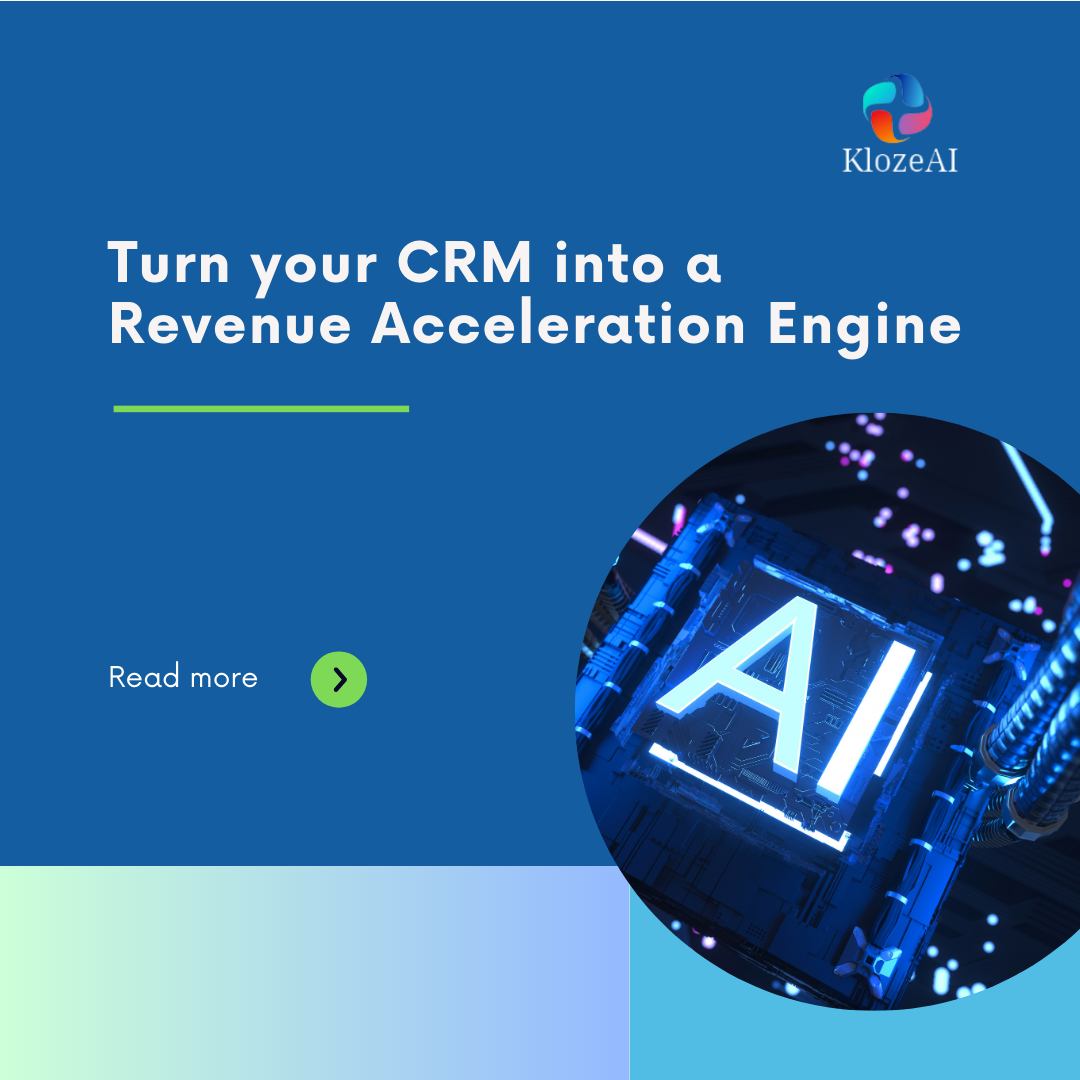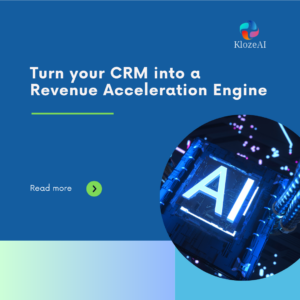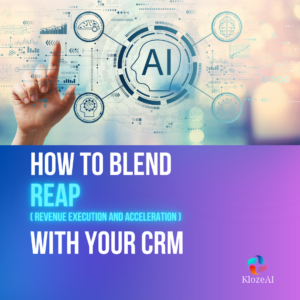In today’s fast-paced business landscape, the pressure to adapt and evolve is ever-present. Sales teams, for instance, rely heavily on CRM systems to stay ahead of the curve. But is your CRM system truly serving your sales team, or is it just a fancy database?
Why Just Having a CRM is Not Enough:
While CRMs are hailed as the salesperson’s best friend, there’s a critical point that many overlook: most CRM systems, fundamentally, are mere databases. This gives rise to the infamous “GIGO” issue: Garbage In, Garbage Out. In particular CRMs don’t deliver the sales execution and acceleration. For example, CRMs cannot deliver:
- Expected qualified meetings per salesperson: A crucial metric, but if your CRM isn’t structured to collect and analyze this data accurately, it becomes a blind spot in sales performance analysis.
- Expected time spent per stage of sales process: Understanding the duration in each sales stage can highlight bottlenecks. However, without clear processes, this insight is lost.
- Expected response time from prospects: This can indicate the efficiency of the sales team and the potential interest of the prospect. Yet, CRMs often fail to provide this detail if they’re not optimized for it.
BUT, BUT, BUT I Can Add Integrations and Reporting to the CRM:
One of the primary reasons businesses gravitate towards CRMs is the promise of actionable insights from CRM reports. These reports, in an ideal world, should be comprehensive, providing a 360-degree view of sales processes, customer interactions, and potential areas for growth.
The Hidden Costs and Gaps:
However, the reality often paints a different picture:
High Financial Costs: Crafting CRM reports, especially those that delve deep into data, can be an expensive affair. Many businesses find themselves roped into hiring analysts or external consultants. It’s not uncommon for a single report to run into thousands of dollars.
Lack of Continuity: Despite their costs, many CRM reports tend to be ad-hoc. This piecemeal approach means they fail to capture the entirety of a business process from start to finish. Instead, they often provide fragmented insights, which can lead to fragmented strategies.
The Real-time Data Drought: In an era where businesses pivot strategies at breakneck speeds, real-time data is invaluable. Unfortunately, many CRM reports lack these real-time metrics, particularly when it comes to measuring prospect responsiveness. Without this, businesses can’t gauge how quickly prospects are moving through the sales funnel or where potential bottlenecks lie.
The Benchmarking Blindspot: One of the significant shortcomings is the lack of benchmarking capabilities. Without understanding how they measure up to their peers, businesses are navigating blind, missing out on competitive insights and strategies that could elevate their operations.
The Future: Complementing CRM with AI-Driven Revenue Execution and Acceleration (REAP)
So, how can businesses harness the full power of their CRM systems? By integrating real-time, AI-driven solutions to,
- Suggest the default process that can be customized
- Measure the compliance to the process in real-time
- Use AI to recommend how to close gaps
Let’s deep dive into each of these.
1. Embracing Real-time, AI-driven Customizable Processes
In the contemporary business ecosystem, CRM (Customer Relationship Management) systems have taken center stage. But is your business harnessing its full potential? The answer may lie in integrating real-time, AI-driven solutions that offer customizable default processes. Let’s deep dive into how this integration can supercharge your CRM and, in turn, your business operations.
- Specify Business Process Indicators: Every business is unique, and a one-size-fits-all approach rarely succeeds. AI-driven CRMs can suggest a default process based on your business model, industry standards, and past performances. The real beauty? This process is not set in stone. Businesses can tailor it to better fit their ever-evolving needs.
- Dynamic Data Interpretation: Rather than just logging data, AI solutions can interpret it dynamically. They can analyze patterns, predict trends, and offer recommendations, all in real time. This means your sales and marketing teams can make informed decisions on the fly.
- Enhanced Customer Interactions: With AI’s predictive analytics, businesses can understand customer behavior better. This means more personalized interactions, timely follow-ups, and understanding the customers’ needs even before they voice them.
- Automated Tasks and Reminders: Forget manual inputs for every task. AI can automate a bulk of operations, from sending out emails to setting reminders for follow-ups. This not only saves time but ensures no lead falls through the cracks.
2. Real-time Process Compliance (RPC) Through AI:
For the longest time, CRMs have been repositories of data. Contact details, customer interactions, and sales metrics populate these databases. Yet, without a mechanism to ensure adherence to the processes, there’s no guarantee that data leads to actionable insights. This is where Real-time Process Compliance can bridge the gap.
- Automatic Data Validation: With AI-driven solutions, data entered into the CRM can be validated in real-time. This ensures that all data is accurate and consistent, setting a strong foundation for reliable analytics.
- Adherence to Sales Processes: AI can monitor sales processes in real-time, ensuring that each step is followed as per the business’s best practices. For instance, if a sales rep skips a crucial step in the customer engagement process, AI can instantly flag it for correction.
- Predictive Analysis and Forecasting: Beyond just monitoring, AI can predict potential bottlenecks or lapses in the sales or customer service processes. By analyzing historical data, it can preempt challenges, allowing businesses to be proactive rather than reactive.
- Real-time Reporting: Traditional CRMs rely on periodic reports to gauge process efficiency. With AI integration, businesses can have a real-time dashboard displaying compliance metrics, letting them address issues immediately.
3. Use AI to Recommend How to Close Execution Gaps:
Traditional CRMs excel at data storage and basic analysis. They hold a wealth of customer data, interactions, and sales metrics. But where they often fall short is in proactive problem-solving and identifying inefficiencies or gaps in sales or customer engagement processes.
- Real-time Data Analysis: AI doesn’t just look at data; it understands it. It can comb through vast amounts of information in real-time, identifying patterns and anomalies that might escape even the most astute human eye.
- Predictive Recommendations: Instead of waiting for a problem to manifest, AI can forecast where potential gaps or inefficiencies might arise, giving businesses a head start in addressing them.
- Customized Suggestions: Every business is unique, and so are its challenges. AI can tailor its recommendations based on the specific nature and needs of a business, ensuring that solutions are always relevant.
- Identifying Inefficiencies: By continuously analyzing CRM data, AI can pinpoint stages in the sales or customer service process where leads or queries get stuck.
- Tailored Content Recommendations: If AI notices a pattern of leads going cold after a particular stage, it might recommend a change in the content or mode of communication being used at that point.
- Optimizing Follow-ups: AI can predict the best times to follow up with leads, based on historical interaction data, increasing the chances of positive responses.
- Enhanced Customer Engagement: For existing customers, AI can analyze past interactions to suggest new products or services they might be interested in, boosting sales and deepening customer relationships.
In conclusion, your CRM system can be more than just a database; it can be the powerhouse behind your sales team’s success. Isn’t it time you started harnessing the full potential of your CRM? Transition to an AI-driven approach and watch as your sales process becomes more streamlined, efficient, and, most importantly, effective. Don’t get left behind. Embrace the future of CRM today.






